FROM REELS TO YOUR FACE: ARE THESE VIRAL INGREDIENTS SAFE?

If you’ve ever scrolled through TikTok or Instagram Reels and suddenly felt the urge to buy a 🐌snail mucin serum or apply a 🔴red peeling solution at midnight, welcome to the club. Viral skincare trends have taken over our feeds, promising glass skin, overnight transformations, and ingredients that sound like magic potions.
Here’s the thing, though: not all viral products are formulated with your skin’s health in mind, and some may be quietly causing harm to your skin barrier without you even realizing it.
In this article, we’ll break down:
-
Ingredients that might not be as safe as they seem online
- Signs of skin barrier damage from trend-chasing
- Why do we fall for viral beauty trends?
- How to navigate skincare safely in a world obsessed with going viral
So let's talk about it, the truth behind those trendy ingredients and why your skin barrier might not be loving them as much as your algorithm does.
🔬 Viral Ingredients Everyone’s Talking About—But Should You Be Using Them?
Let’s break down the current trending ingredients. What’s good, what’s not, and how to make better and logical choices.
🐌 1. Snail Mucin
Viral for: Healing, hydration, and glow
Reality check: Actually quite gentle and hydrating for most.
Caution: Approach with caution if a shellfish allergy or heightened skin sensitivity is present.
✨ 2. Niacinamide (especially 10%+)
Viral for: Brightening, oil control, shrinking pores
Reality check: Works beautifully in 2–5% concentrations.
Caution: Overdoing it or combining with too many actives can backfire, especially if your skin is sensitive.
🔥 3. Retinol (and its cousins)
Viral for: Anti-aging, acne, smoothing skin
Reality check: Gold-standard ingredient, but not beginner-friendly
Caution: Needs to be introduced slowly and used with barrier-repairing ingredients, not exfoliants.
🍷 4. Glycolic Acid & Peeling Solutions
Viral for: That “red blood” look and instant smoothness.
Reality check: Yes, it exfoliates—but it’s strong and can burn.
Caution: Limit use to once every 1–2 weeks, max. Never pair with retinol or other actives on the same day.
🚫 5. DIY “Hacks” like Lemon or Toothpaste
Viral for: Spot treatment, skin lightening
Reality check: Just... don’t. These are way too harsh.
Caution: They can mess up your pH, burn your skin, and leave dark marks behind.
👀So… How Do You Know If a Trend Is Actually Safe?
We get it—you’re curious. But before you dive into the next skincare craze, ask yourself these five questions:
✅ 1. Is it derm-approved?
Check if actual dermatologists are talking about it or warning against it. If it’s only influencers hyping it, take a pause.
✅ 2. What’s the ingredient concentration?
Higher doesn’t mean better. It usually means harsher.
✅ 3. Are you well equipped with your skin type?
Oily skin has much more tolerance to actives than dry or sensitive skin. Customize, always.
✅ 4. What’s the product’s pH?
Some acids need the right pH to work, or not to damage your barrier.
✅ 5. Did you patch test?
Behind the ear, jawline, or inner arm—try it there first. Your skin will tell you if it’s a no.
🛡️How to Protect Your Skin Barrier in a Trendy World
Here’s how to keep it strong:
Your skin barrier is everything. It keeps moisture in and irritants out. When properly maintained, the skin is often seen as calm, plump, and visibly clear.
💧 Use barrier-loving ingredients like:
-
Ceramides
-
Cholesterol + Fatty Acids
-
Panthenol
-
Centella Asiatica (Cica)
⏸️ Build in “rest days”:
Go makeup- and active-free 1–2 days a week. Your skin will thank you.
🧴 Don’t chase 10 steps:
More steps = more chances to mess with your barrier. Keep it simple. Cleanser, moisturizer, SPF. Then build slowly.
📉 When Trends Go Too Far: Real-Life Reactions
Let’s talk about what you don’t see in those cute GRWMs:
-
Red peels causing chemical burns
-
Overuse of retinol leads to flaking and cystic breakouts
-
DIY masks triggering dark spots and scarring
-
Layering five actives and waking up with sensitized, itchy skin
Even influencers have started posting “my barrier is ruined” updates, so it’s not just you.
🧠 The Smarter Way to Try Viral Ingredients
You can explore viral skincare safely. Here's how:
✔️ 1. Introduce one product at a time.
Give it at least 1–2 weeks before trying something else new.
✔️ 2. Buffer harsh actives.
A moisturizer is usually applied before or after using actives like salicylic acid, retinoids, hyaluronic acid, and more to help soothe the skin and reduce the chances of irritation. Sandwich it between gentle products.
✔️ 3. Opt for beginner-friendly formulas.
Instead of going straight to 1% retinol, try:
-
Bakuchiol (plant-based alternative)
-
Lactic or mandelic acid over glycolic
-
Encapsulated retinol for slow release
✔️ 4. Get info from the right people.
Look for skincare professionals, cosmetic chemists, or brand educators—not just viral influencers.
🧲 Why We’re All Hooked on Viral Skincare
Skincare isn't just self-care anymore, it's entertainment. It’s content. And it’s really very easy to be influenced by that.
Here’s why we keep falling for these trends:
1. They promise fast, dramatic results.
Who doesn’t want instant glow-ups? “This cleared my skin in 3 days” sounds way better than “This helped over 6 months.”
2. They look good on camera.
Red masks. Slugging. Juicy skin. They’re visually satisfying, and our brains love that kind of content, even if our skin doesn’t.
3. Everyone seems to be doing it.
FOMO is real. If 10 influencers say niacinamide is a must-have, we assume we need it too.
4. It feels accessible.
No derm appointment? No problem. One tap and that viral product is on its way to your door.
But here’s where it gets tricky: social media doesn't filter for your skin type, your skin barrier health, or what ingredients actually make sense for you.
🚨 The Risks You Don’t See in That 15-Second Clip
Trendy skincare might be exciting, but not every ingredient is safe to slap on your face, especially without knowing what it does, how often to use it, or what not to mix it with.
What’s actually at risk?
- Usually referred to as the skin's natural defender, the skin barrier can become compromised with time.
- Without knowing it, you may unintentionally overload on actives including retinol, acids, and vitamin C.
-
Breakouts, burns, and sensitivity could sneak in behind that “glow.”
Let's be clear: not all viral ingredients are bad. But the way they're used, layered, or recommended online? That’s where things go sideways.
🌿 Safer Alternatives to Viral Favorites
|
If You’re Seeing This Everywhere |
Try This Instead |
Why It’s Safer |
|
The Ordinary Red Peel |
Mandelic Acid Toner |
Gentler, slower exfoliation |
|
10% Niacinamide |
5% Niacinamide |
Just as effective, less risk of irritation |
|
High-strength Retinol |
Try Uniqaya Encapsulated Retinol |
Lower irritation, still effective over time |
|
DIY Lemon Mask |
Vitamin C Serum (derivatives like MAP or SAP) |
Brightens without burning |
💭 Final Thoughts: Be Curious, But Be Kind to Your Skin
Let’s be real, skincare has become entertainment, and we’re all part of the show. The trends are fast, the packaging is cute, and the promises? Almost too good to resist. There’s a certain thrill in trying something new, especially when it’s everywhere you look. We’ve all fallen into the trap at some point, and honestly, there’s no shame in that.
But here’s the thing, no 60-second Reel will tell you: your skin isn’t here to perform for an audience.
Behind every trending ingredient or buzzy product is a formula that needs to be understood, not just followed. What works for someone else’s skin (with filters, lighting, and maybe even a few in-clinic treatments) might wreak havoc on yours if you’re not careful. And that’s where the damage starts, when we chase results without giving our skin the respect and patience it actually needs. With this, you must not forget that your lifestyle, diet, and sleep schedule also affect your skin health. So, if you are eating unhealthy, not taking ample amount of sleep or stressing too much, then you can’t rely solely on skincare as that is not going to help you.
The best thing you can do? Stay curious, but filter that curiosity through care. Be the kind of skincare enthusiast who reads ingredients, who listens to their skin, who knows that slow progress is still progress. Learn to love the basics again—hydration, protection, consistency. Trends will come and go, but a strong, healthy skin barrier will never go out of style.
So next time you see that viral serum with a million likes, pause. Ask yourself: “Is this the right ingredient for me, or just right for the algorithm?”
Because at the end of the day, your skin deserves more than just trends; it deserves trust.



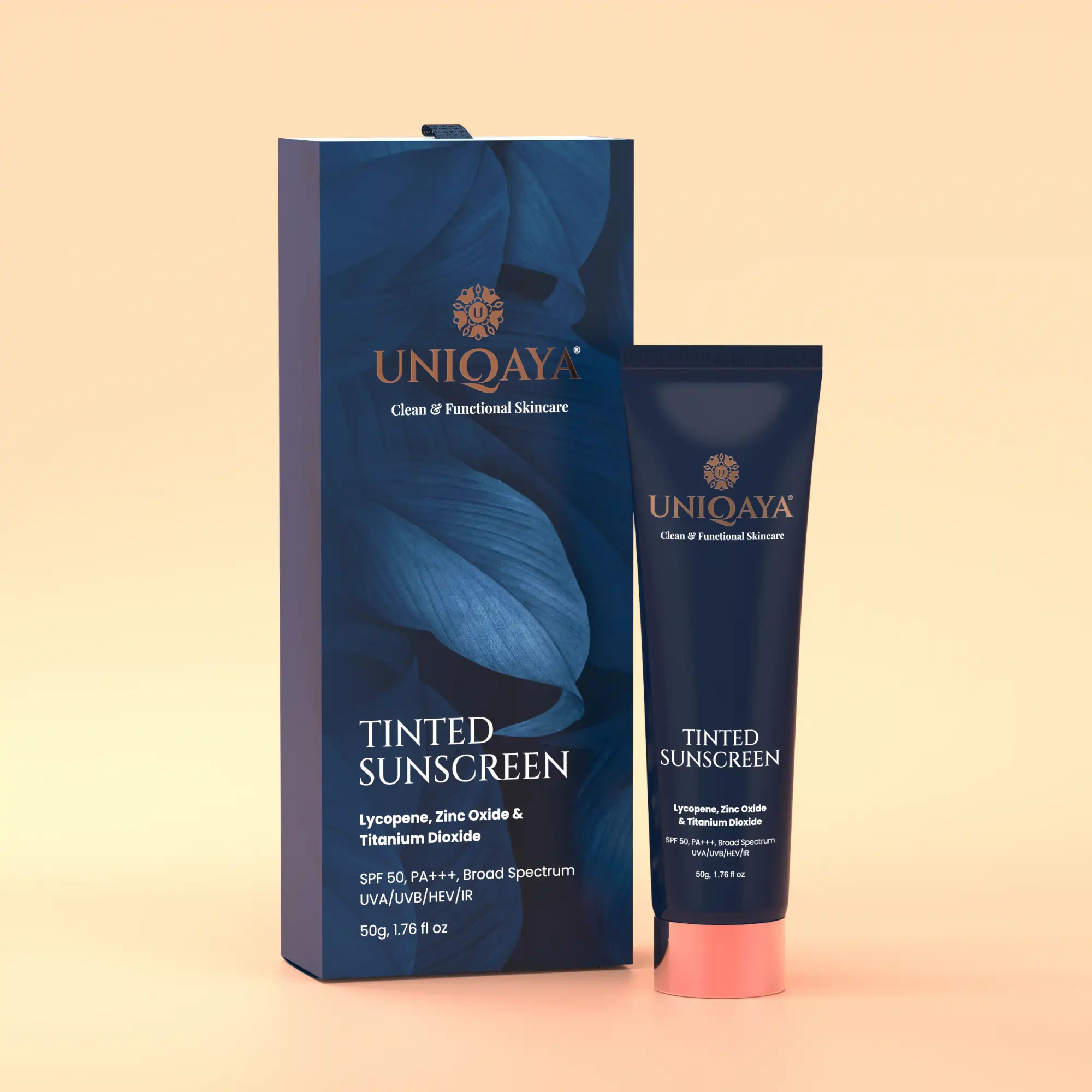
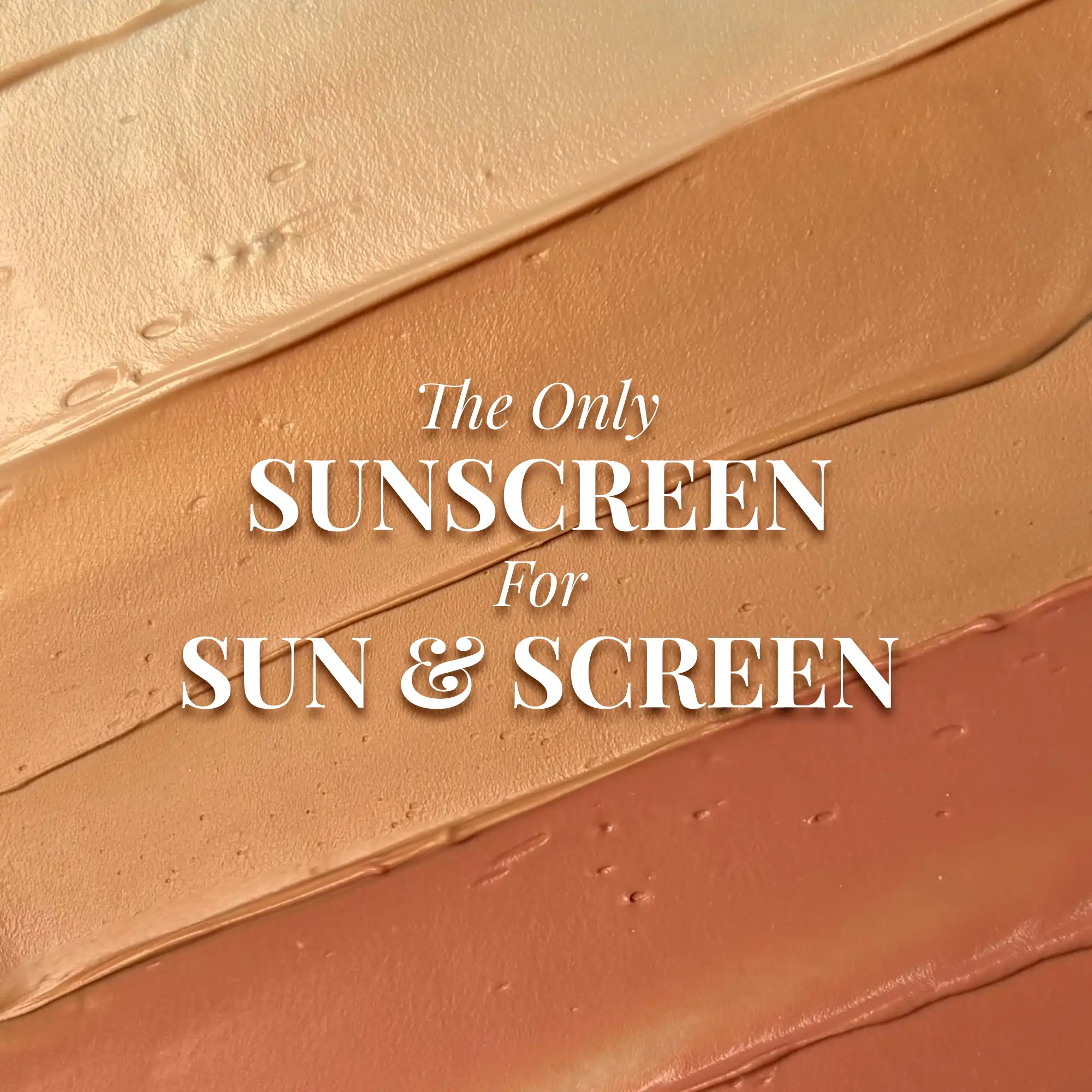
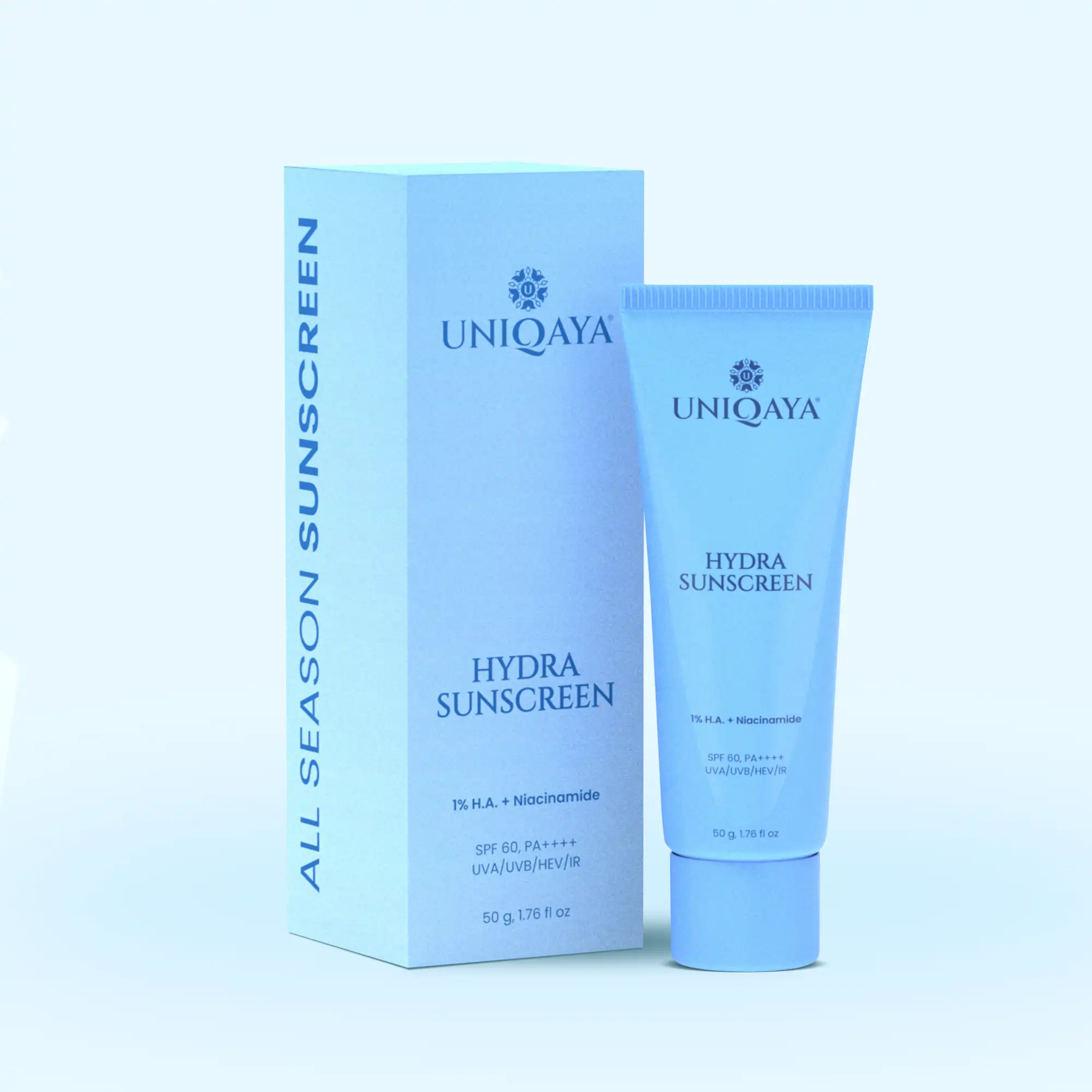
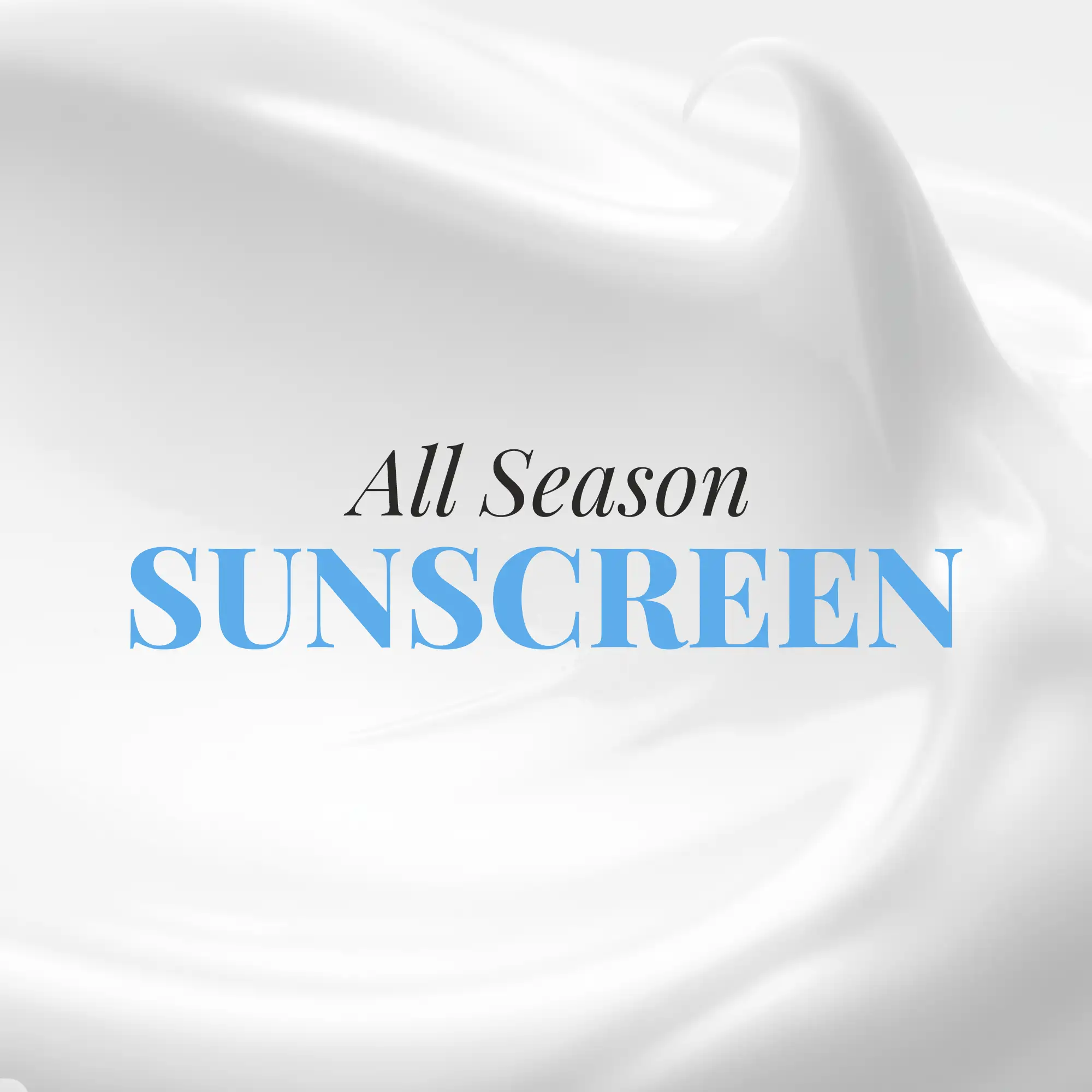
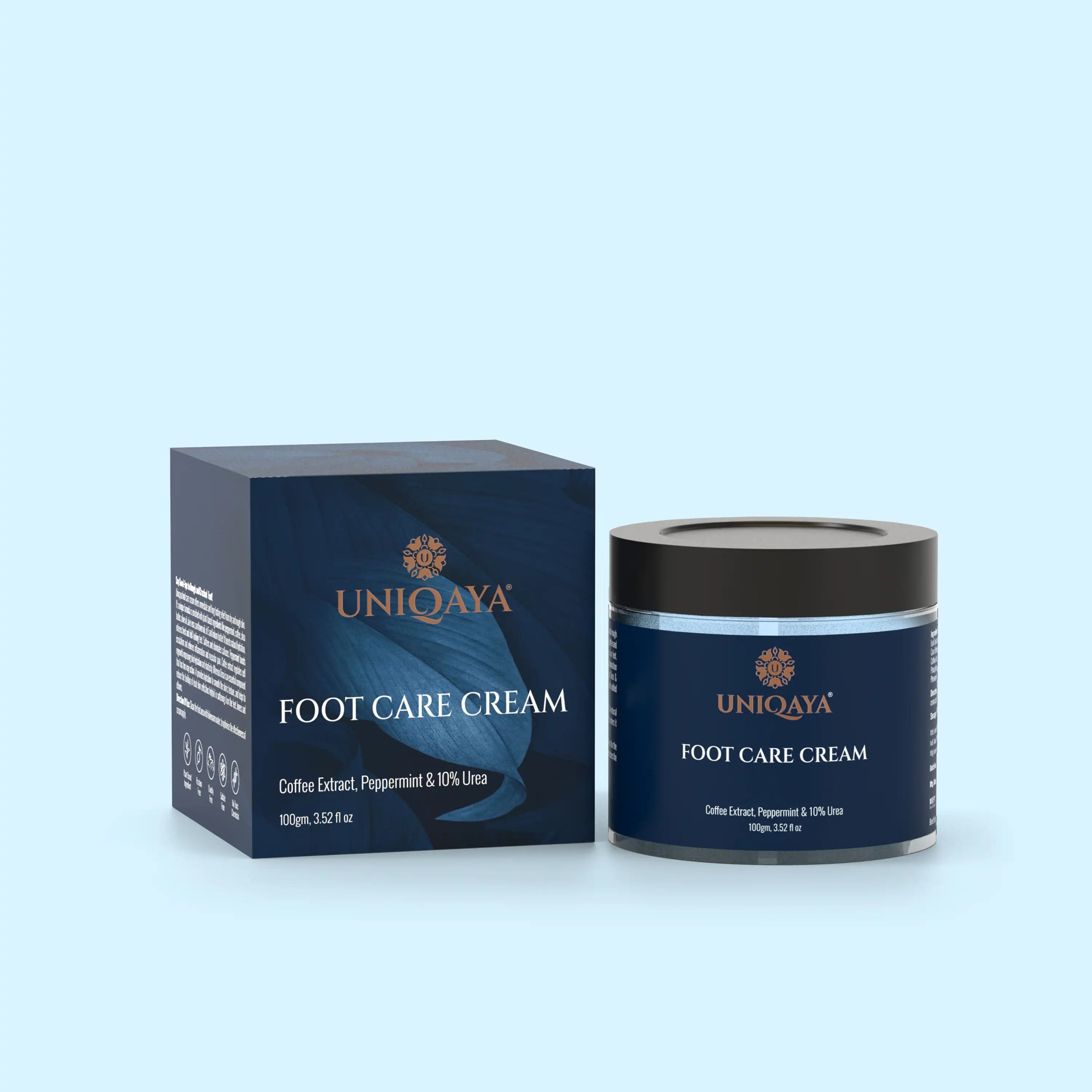
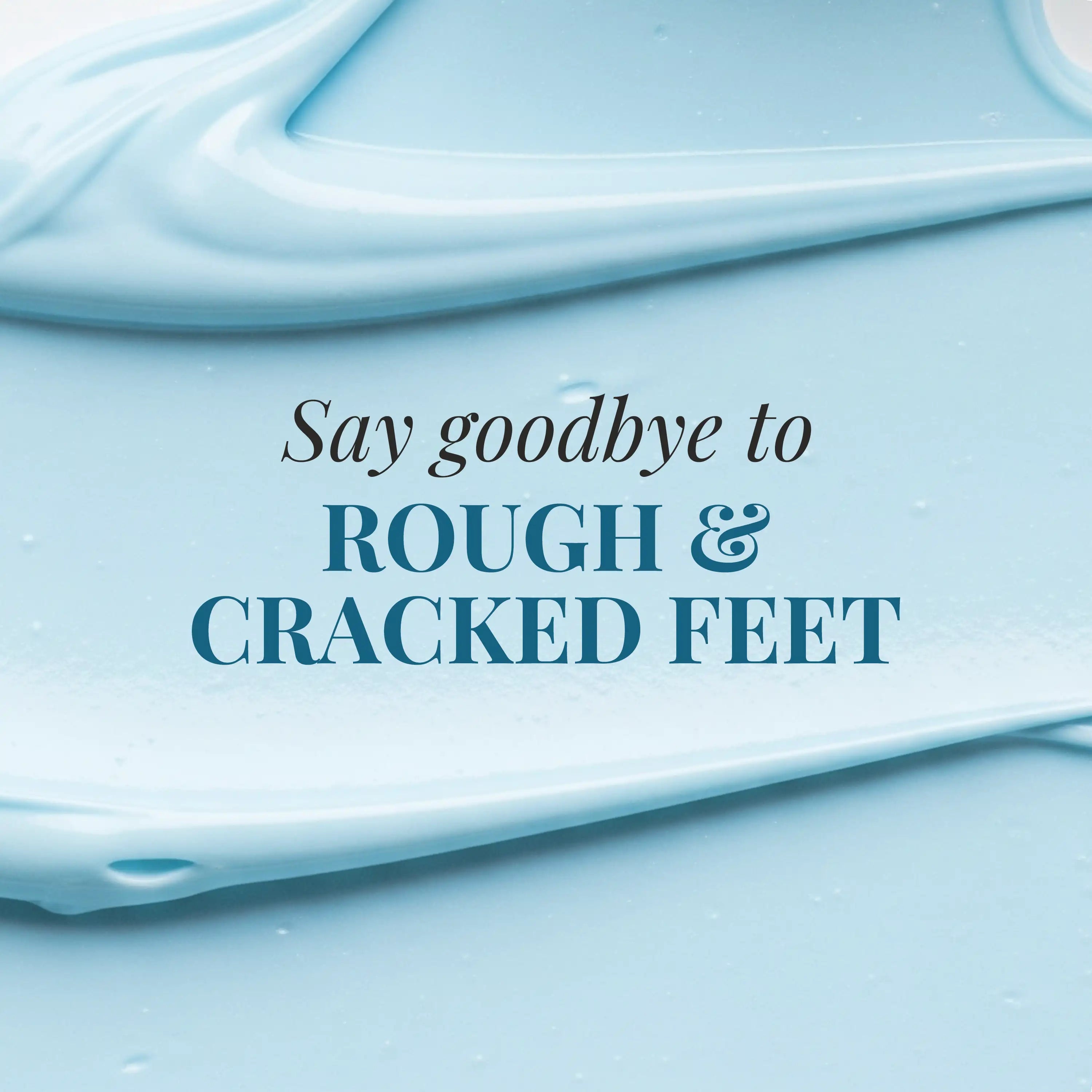
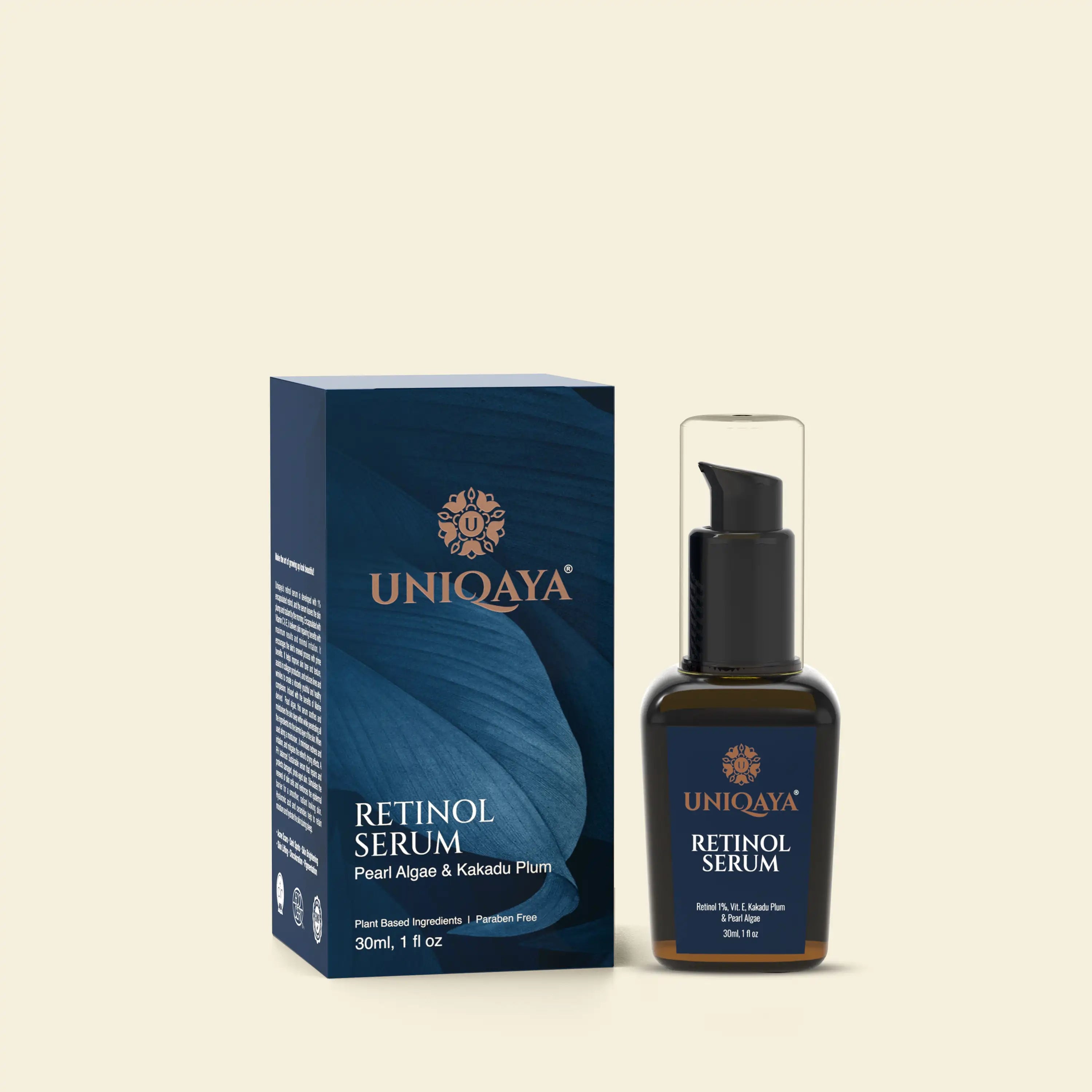
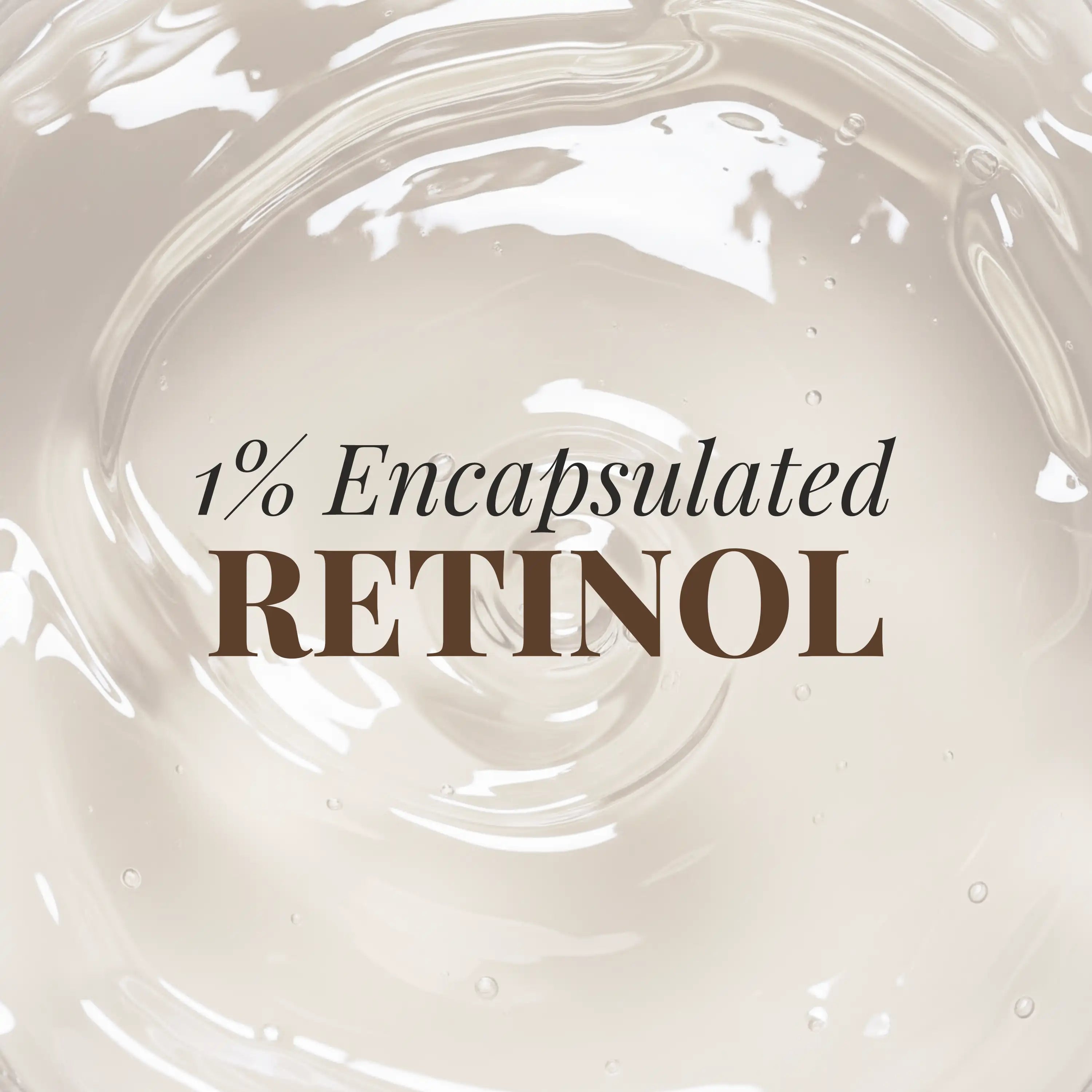
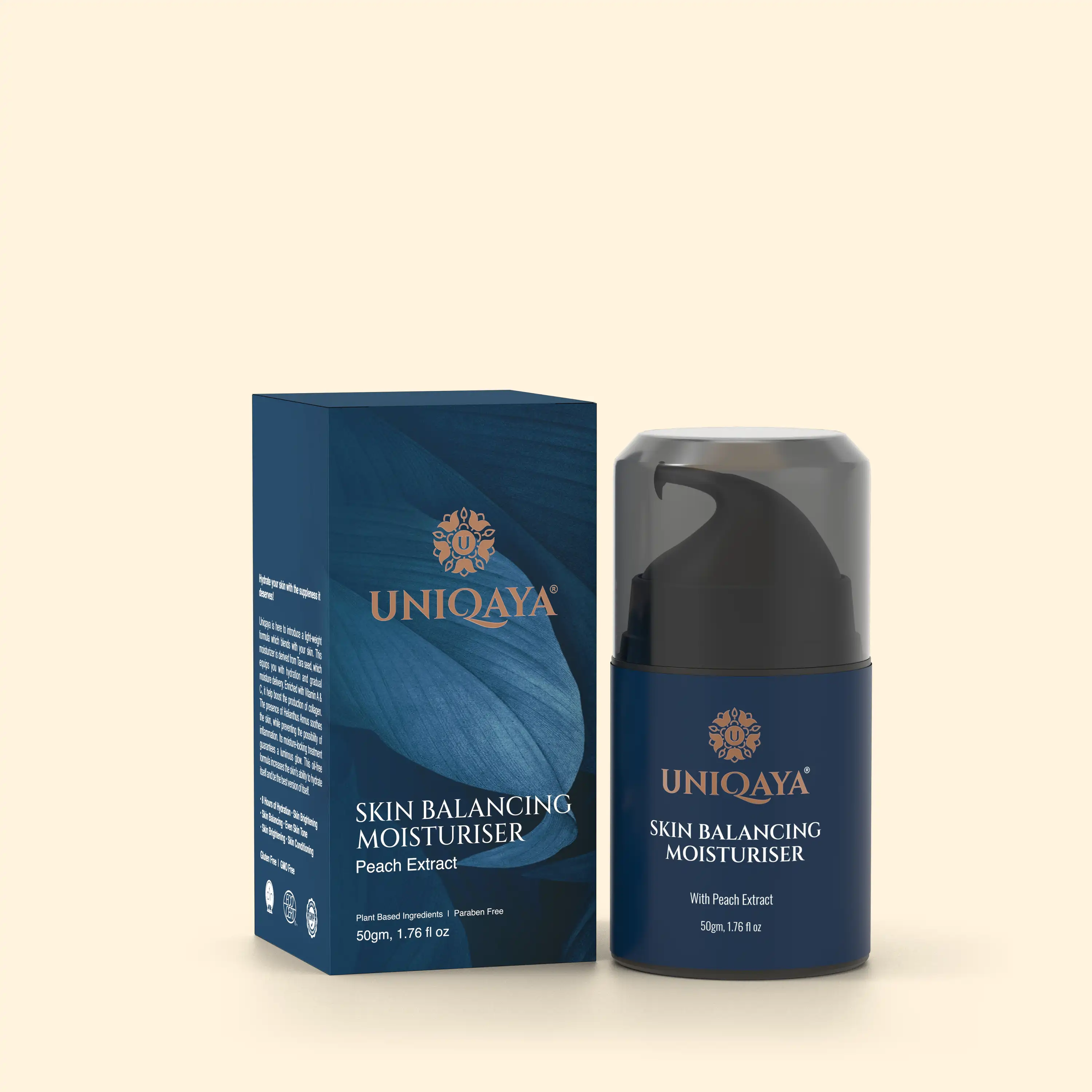
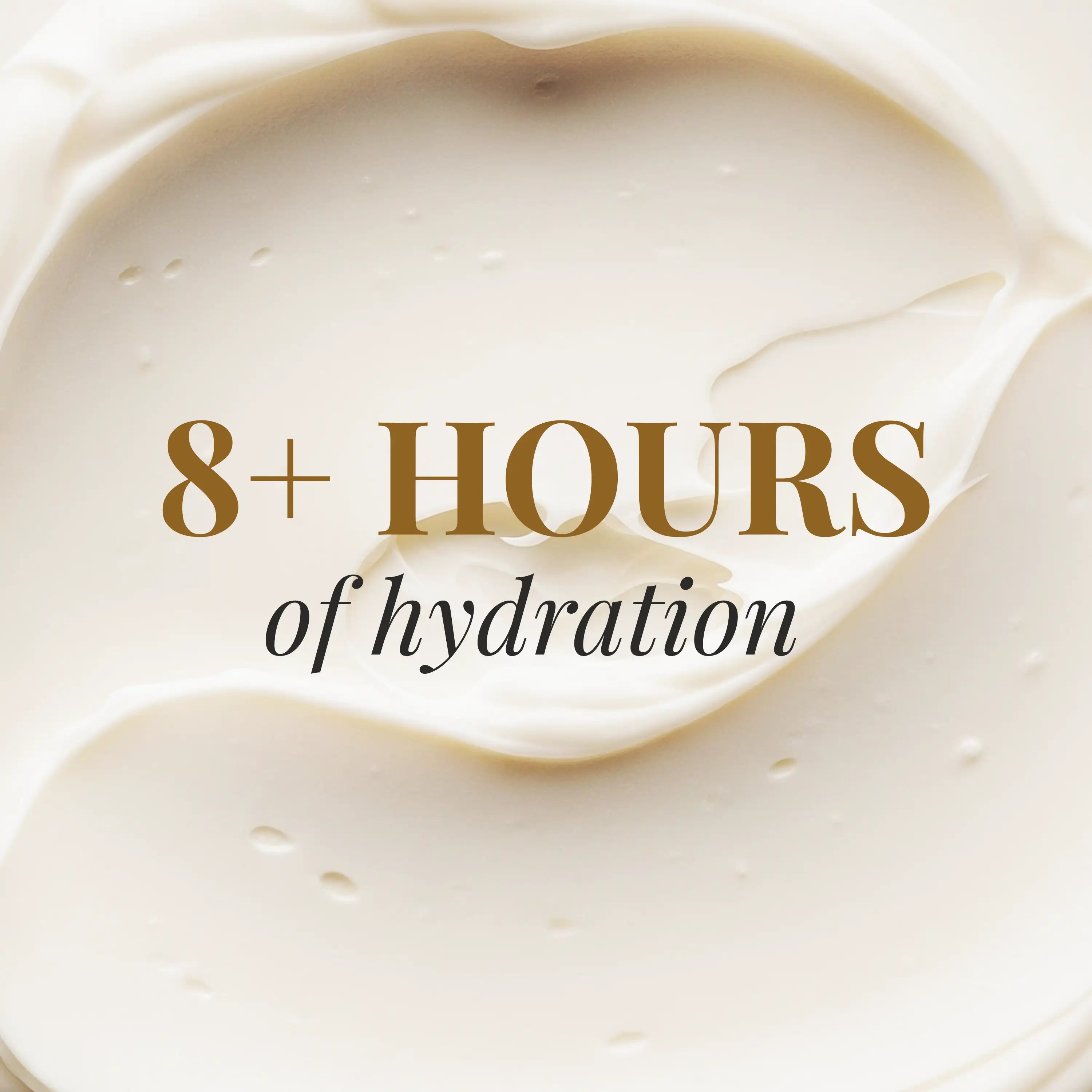
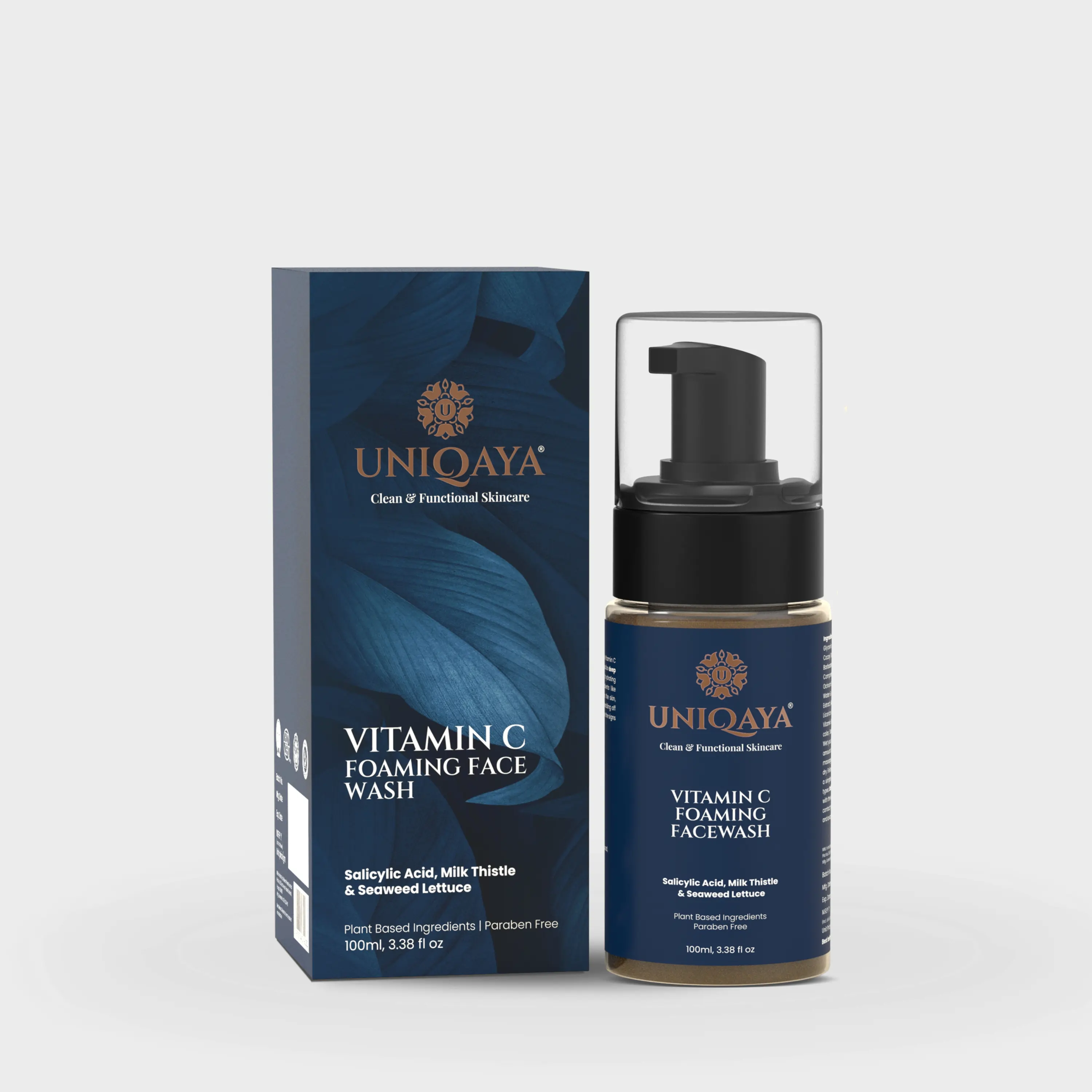

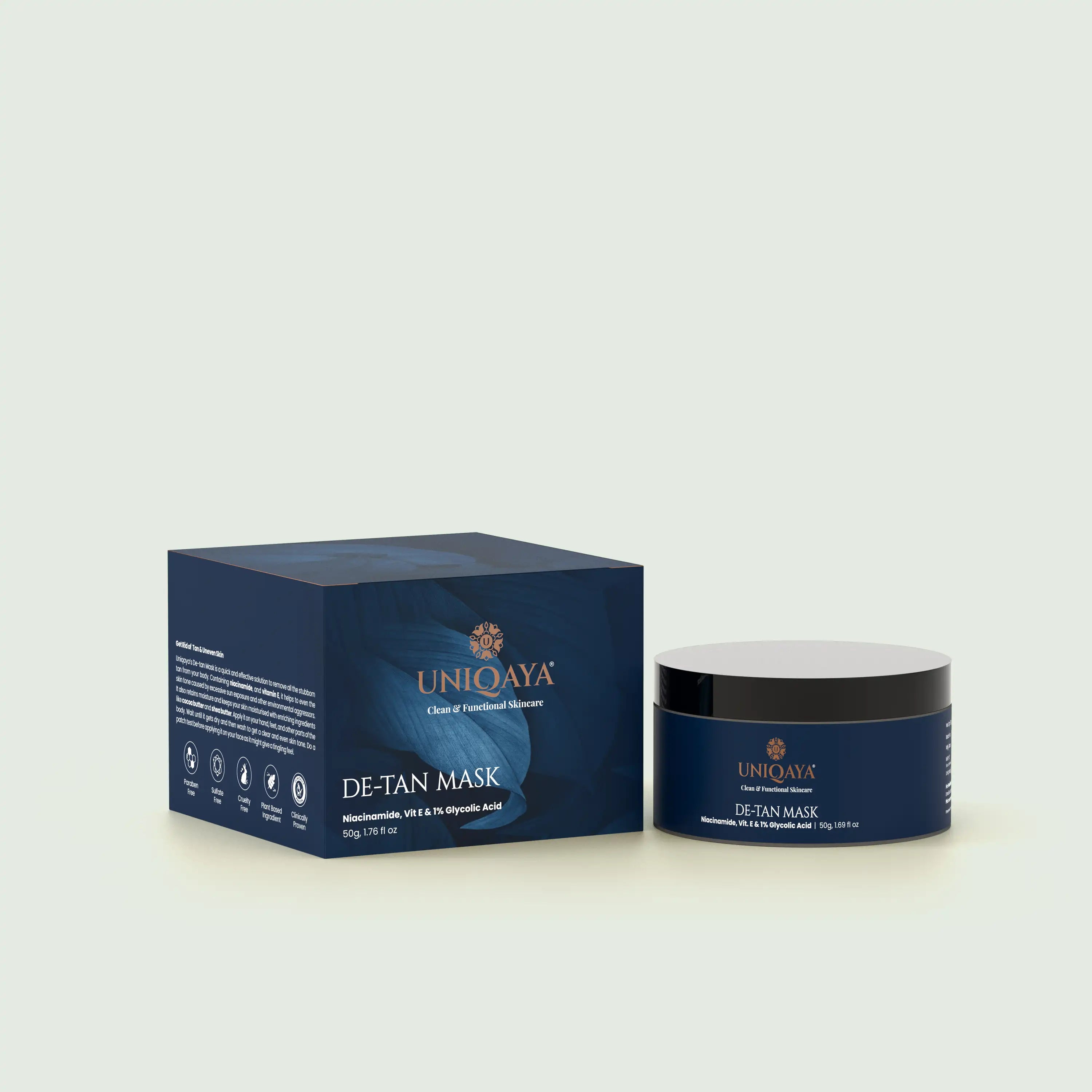
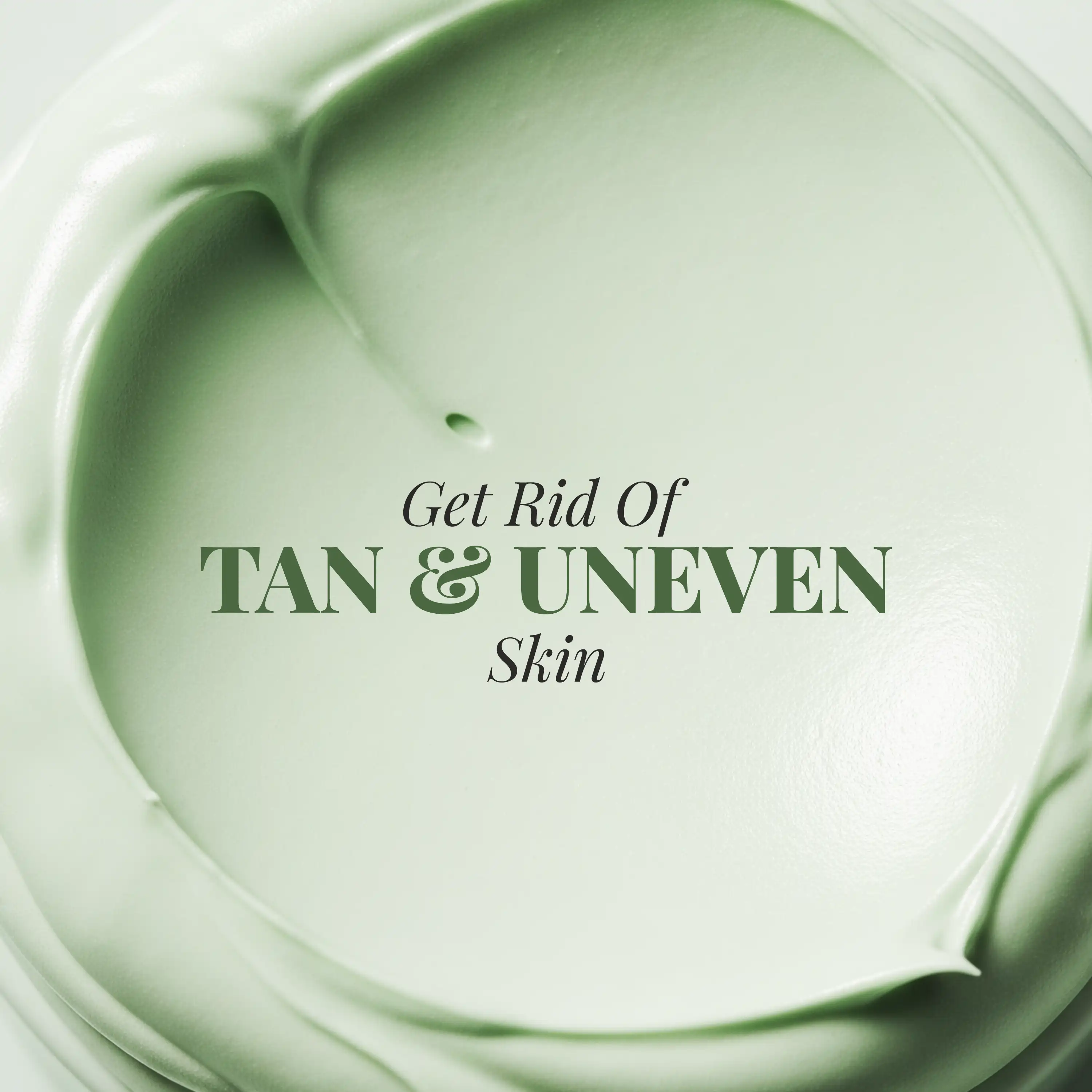
Leave a comment